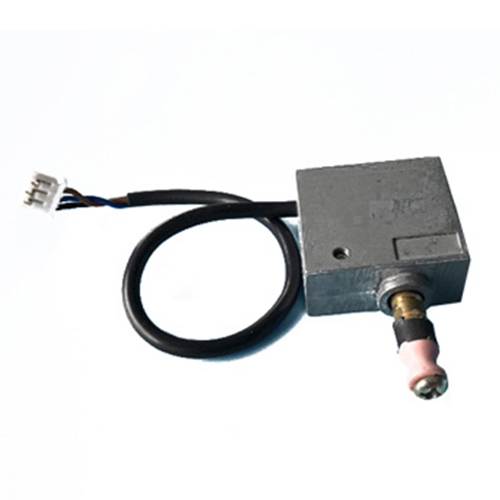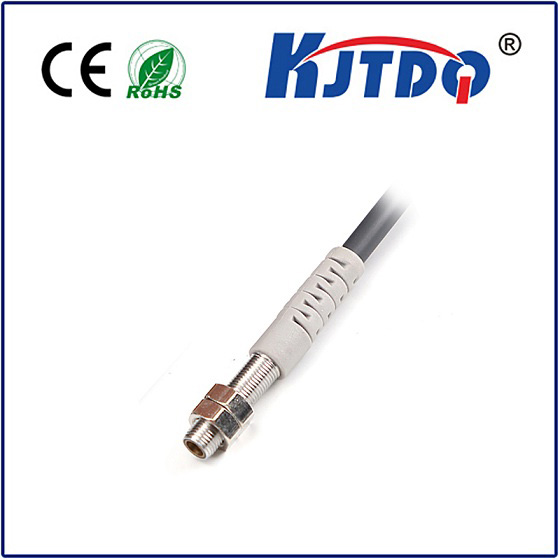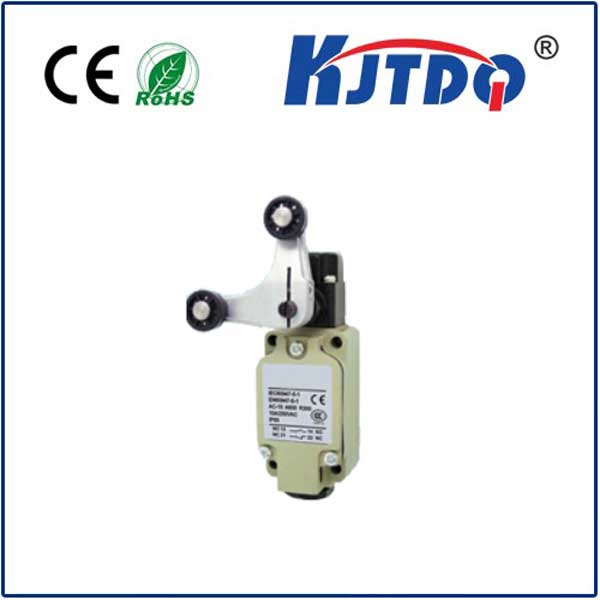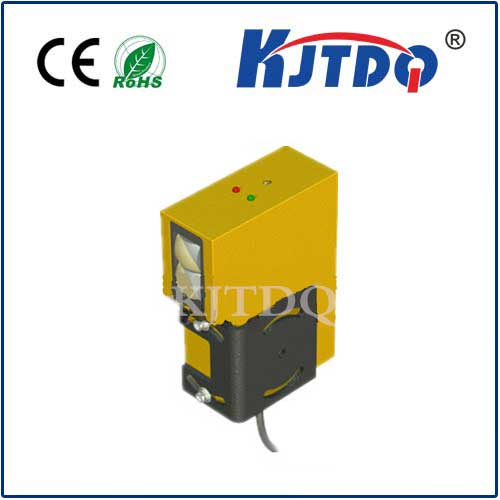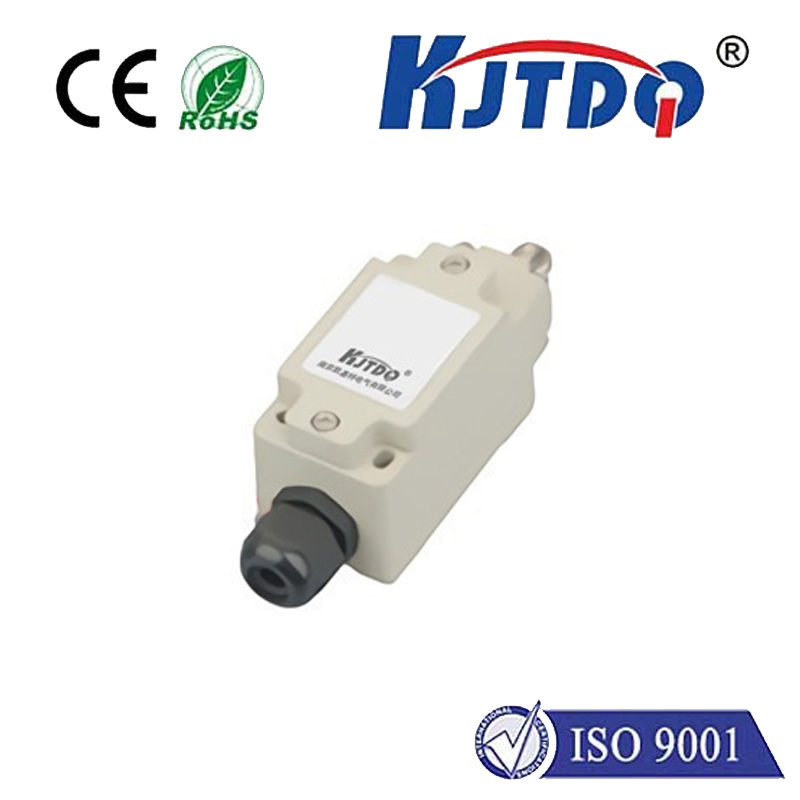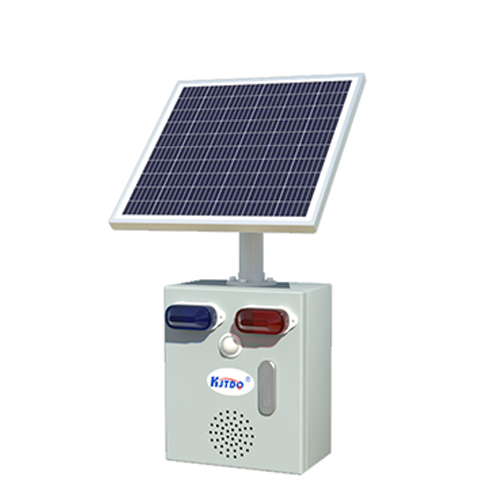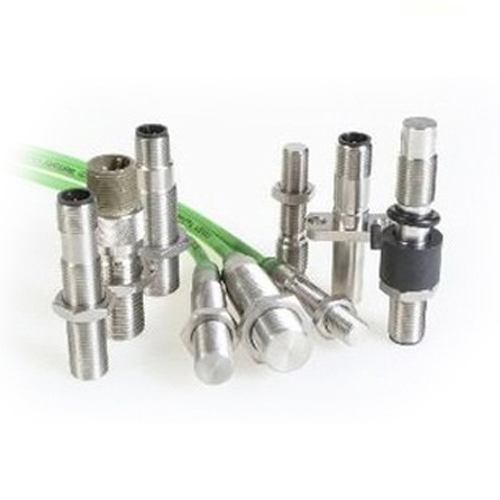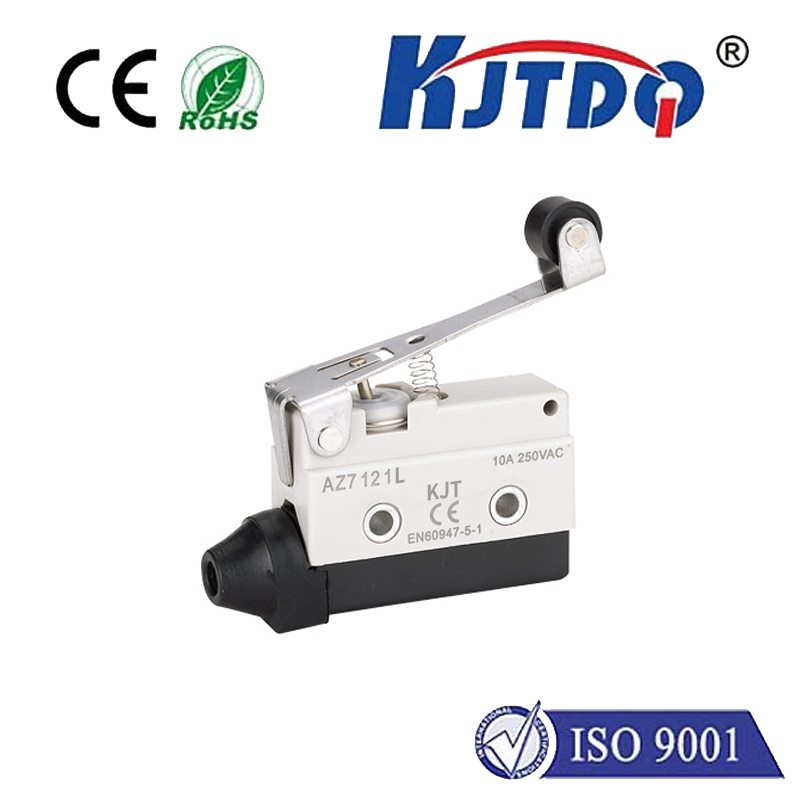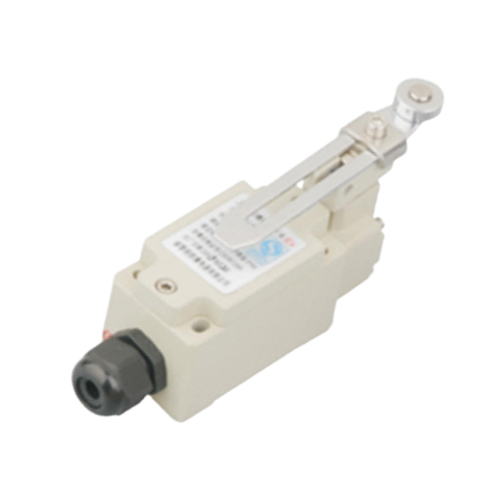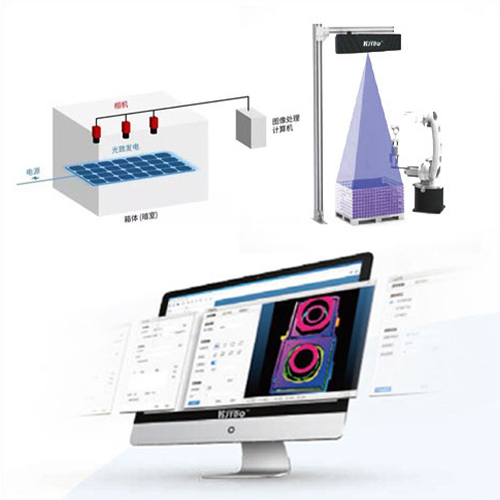Лазерный tof датчик
- time:2025-08-28 03:37:01
- Нажмите:0
Laser TOF Sensors: Mastering the Art of Precision Distance Measurement
Imagine a technology capable of instantly gauging the exact distance to an object with laser-like precision, operating reliably in challenging environments, and providing data critical for machines to understand and interact with the physical world. This isn’t science fiction; it’s the practical reality delivered by Laser Time-of-Flight (TOF) sensors. These sophisticated devices are rapidly becoming fundamental components in a vast array of automated systems, driving innovation from factory floors to the frontiers of autonomous exploration.
Decoding the Core Principle: Time is Distance
The fundamental concept behind a Laser TOF sensor is elegantly simple yet profoundly effective: measure the time it takes for light to travel. Here’s exactly how it works:
- Emission: An integrated laser diode emits a precisely controlled pulse (or a modulated beam) of light, typically invisible infrared for eye safety and reduced ambient interference.
- Travel: The emitted light travels through the air towards the target object.
- Reflection: Upon striking the object, a portion of the light is reflected back towards the sensor.
- Detection: A highly sensitive photodetector within the sensor captures the returning light signal.
- Timing Calculation: An ultra-precise timing circuit measures the elapsed time (
Δt) between the instant the light pulse was emitted and the moment its reflection is detected.
- Distance Calculation: Knowing the speed of light (
c, approximately 300,000 km/s or 3 x 10^8 m/s), the sensor calculates the distance (d) using the basic formula:
d = (c * Δt) / 2
The division by 2 accounts for the round-trip journey of the light (to the target and back).
Key Advantages of Laser TOF Technology

Why choose a laser TOF distance sensor over alternatives like ultrasonic sensors or structured light? The benefits are compelling:
- High Accuracy and Resolution: Capable of sub-millimeter to centimeter-level accuracy depending on design and range, crucial for demanding applications like robotics guidance or quality control.
- Long Range Capability: Significantly longer operational ranges compared to many other optical methods, often spanning centimeters up to several tens of meters.
- Speed: Exceptionally fast measurement speeds, often reaching thousands of measurements per second (Hz or kHz). This real-time capability is vital for dynamic processes and high-speed automation.
- Compact and Robust: Modern laser TOF modules are available in remarkably small form factors, making them easy to integrate into tight spaces. They are also inherently robust, with solid-state designs less susceptible to mechanical wear than moving-part sensors.
- Performance in Various Lighting: Particularly resistant to interference from ambient light conditions (unlike some camera-based solutions), though direct, intense sunlight can pose challenges.
- Single-Point Focus: Provides a precise distance measurement at a specific point defined by the laser beam’s direction, ideal for applications needing pinpoint accuracy.
Where Laser TOF Sensors Illuminate Solutions
The unique capabilities of time-of-flight technology make it indispensable in numerous fields:
- Industrial Automation & Robotics: Enabling precise positioning, collision avoidance, bin picking, conveyor belt monitoring, palletizing, and automated guided vehicle (AGV) navigation. Critical for optimizing efficiency and safety on the factory floor.
- Drones & UAVs: Essential for altitude hold, terrain following, obstacle detection, and autonomous landing systems, ensuring safe and stable flight operations.
- Logistics & Material Handling: Used for level measurement in silos/tanks, dimensioning packages for shipping optimization, and automated forklift navigation within warehouses.
- Consumer Electronics: Found in smartphones (camera autofocus assist), gesture recognition systems, and future augmented reality (AR) applications.
- Building Automation: Facilitating occupancy detection for smart lighting/HVAC control and people counting for security or space optimization.
- Automotive: While LiDAR (which often uses multiple Laser TOF principles) is prominent for ADAS and autonomy, single-point laser TOF sensors are used for simpler tasks like automatic tailgate operation or parking assistance.
- Research & Development: Providing accurate distance data for prototyping and testing in robotics, automation, and physics experiments.
Distinguishing Laser TOF from Other Technologies
It’s important to clarify distinctions:
- vs. Ultrasonic Sensors: Laser TOF offers superior accuracy, resolution, range, and speed, but ultrasonic sensors are often cheaper and less affected by dust/fog (though sound waves can be affected by wind/temperature).
- vs. LiDAR: LiDAR systems typically incorporate multiple laser TOF emitters/detectors (or scanning mechanisms) to build detailed 3D point cloud maps of an environment. A single-point laser TOF sensor provides only the distance to one specific spot. LiDAR is a more complex application of TOF principles for spatial mapping.
- vs. Structured Light: Structured light (used in some depth cameras) projects a known pattern and calculates depth based on distortion. Laser TOF, being based purely on timing, generally offers better performance outdoors and at longer ranges.
Essential Considerations When Choosing a Laser TOF Sensor
Selecting the right TOF laser sensor demands evaluating several key parameters:
- Measurement Range: The minimum and maximum distances the sensor can reliably measure.
- Accuracy and Resolution: How close the measurement is to the true value (accuracy) and the smallest detectable change in distance (resolution).
- Measurement Rate (Frequency): How many distance readings the sensor can take per second.
- Beam Spot Size: The diameter of the laser beam at the target, which determines the measurement point’s size – crucial for targeting small objects.
- Interface: Common options include analog voltage/current, digital (UART, I2C, RS232, RS485), or Ethernet/IP protocols.
- Environmental Conditions: Operating temperature range, resistance to dust/water (IP rating), and tolerance to ambient light.
- Target Characteristics: Performance can be affected by the target material’s color, reflectivity, and surface properties. Many sensors compensate for this with adjustable settings.
The Precision Future is Bright
Laser TOF sensor technology continues to evolve rapidly. Advancements focus on miniaturization, pushing measurement ranges even further, improving performance in bright sunlight, reducing power consumption, and lowering costs. As these trends progress, we will witness optical ranging become increasingly pervasive, seamlessly integrating into everyday devices and complex industrial systems alike. Their ability to deliver fast, accurate, and reliable distance data makes them a cornerstone technology for building the intelligent, automated, and responsive world of tomorrow. Whether guiding a surgical robot, ensuring a drone’s safe flight, or optimizing a factory’s throughput, the precise pulse of a лазерный датчик дальности is often the unseen force enabling precision and autonomy.

